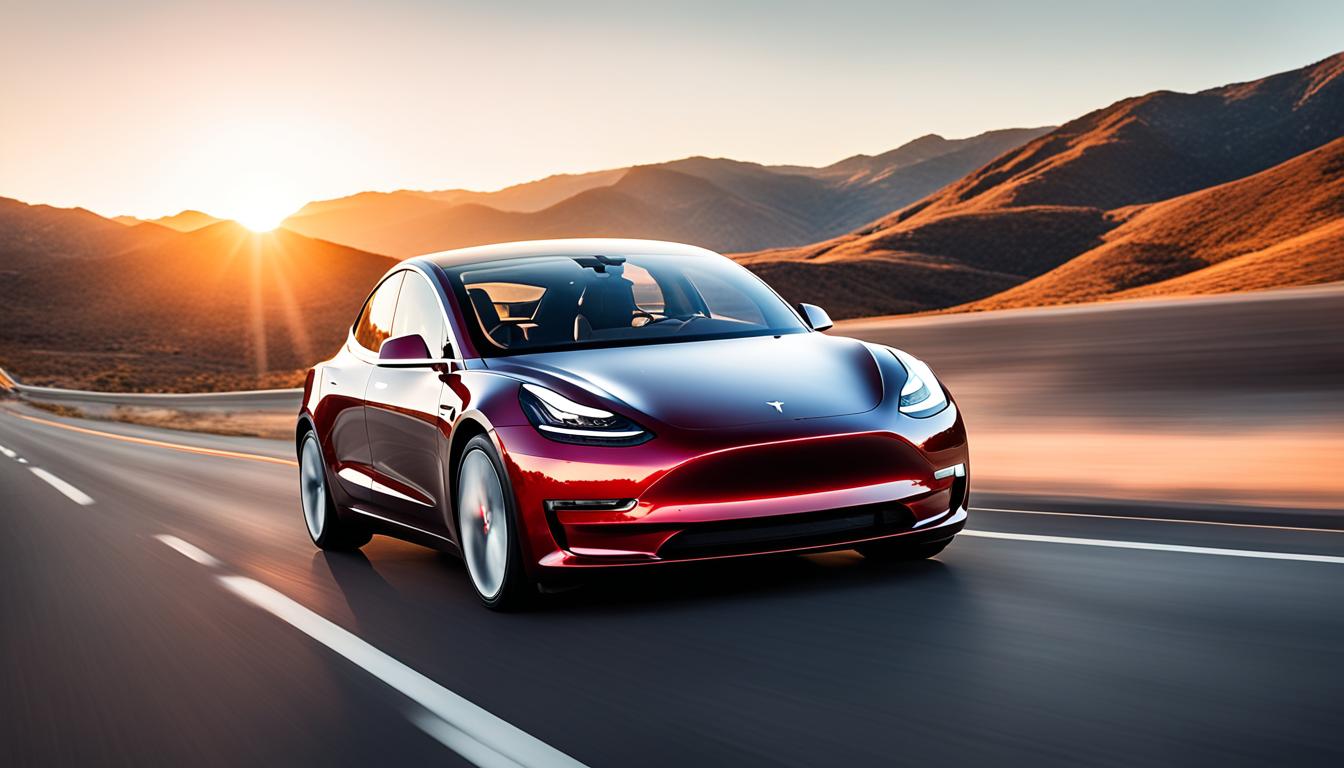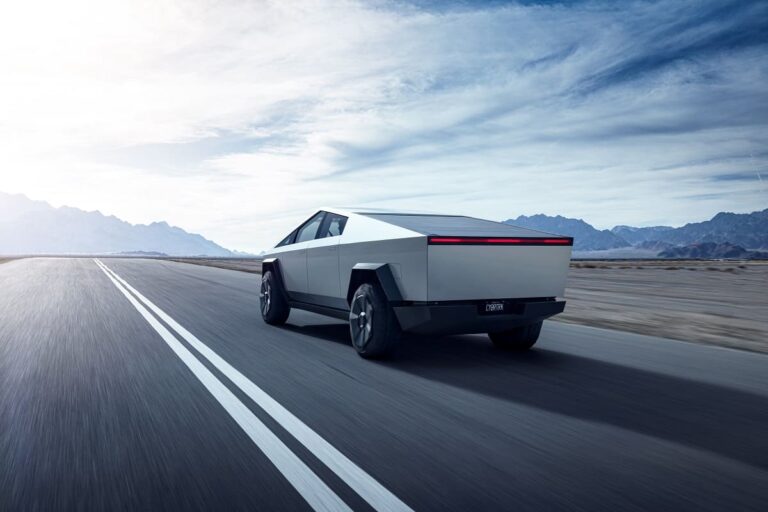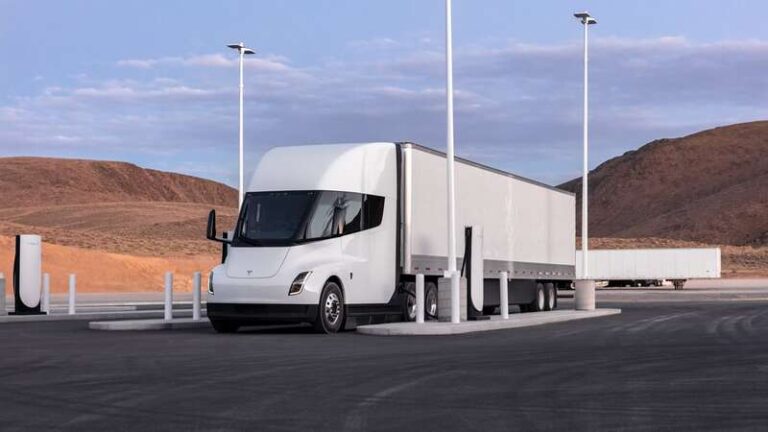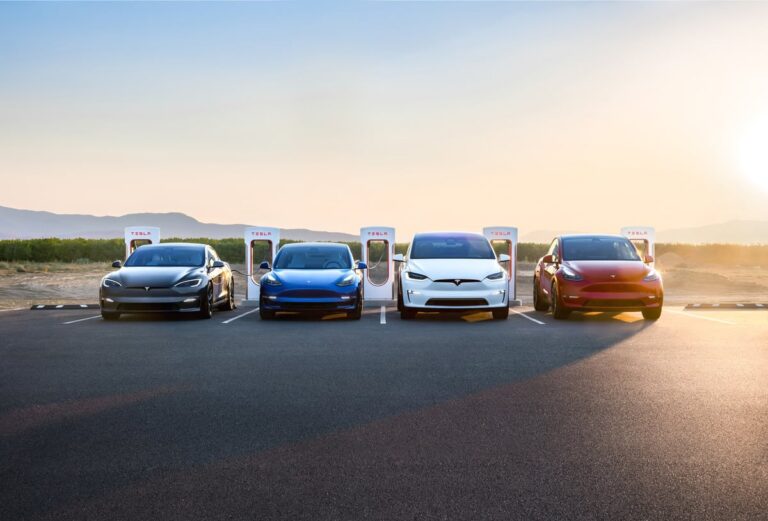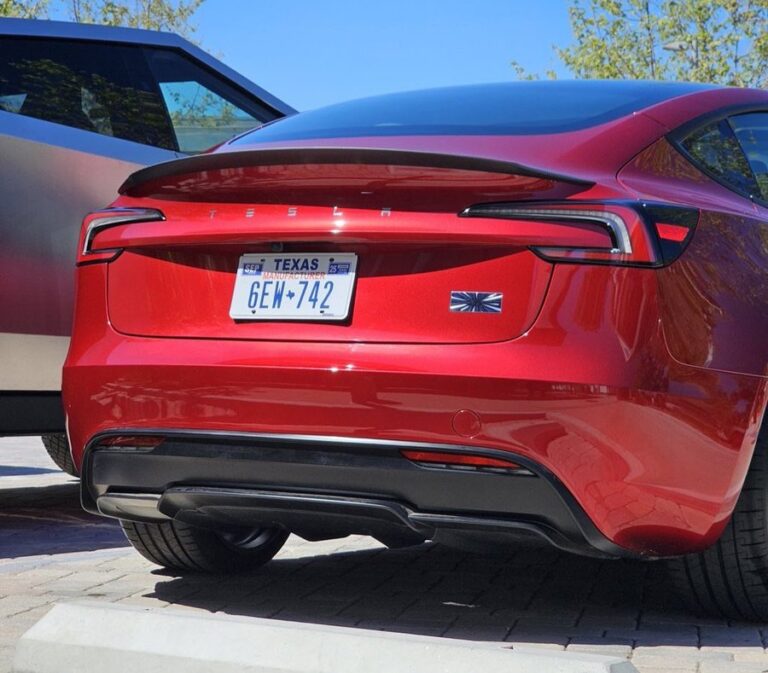an Internet user criticizes the price of the train compared to her electric car
Chloé, an active user on Twitter, recently expressed her dissatisfaction with the high costs of train tickets in France. His direct comparison between the cost of a train journey from Reims to Lille, at 50 euros, and that of an equivalent journey in a Tesla, which would only cost him 30 euros, raises a crucial question: is the train really a financially viable option compared to modern electric cars like the Tesla?
Cost Comparison: Train vs. Tesla
Chloé’s example is not isolated. Other users joined the conversation, sharing similar experiences where, even accounting for gas and tolls, traveling by car often turns out to be cheaper, especially for groups or families. Alex Park points out that as soon as he travels in pairs or more, the train quickly becomes twice as expensive as the car trip.
The contrast with international experiences
It is interesting to note that this debate is not only national. Gibbé provides a contrast by mentioning the significantly lower fares in Germany, where an ICE trip from Berlin to Munich can cost as little as 18 euros. This difference highlights the disparities between European transport policies and questions pricing practices in France.
The profitability of Tesla as an alternative
Jirboi adds another dimension to the discussion by highlighting the savings made thanks to his Tesla. For a round trip to Lille, the cost of transport by Tesla does not exceed 4.75 euros, including recharging at home during off-peak hours. This illustrates not only the economic superiority of the electric car on short journeys, but also its potential as a sustainable alternative.
Has the train become too expensive?
Chloé’s review reveals an unavoidable reality: the prohibitive costs of train travel in France could dissuade consumers from choosing more eco-friendly options. For the train to remain a competitive alternative to economically attractive electric vehicles like the Tesla, it is imperative to review fare structures. This is to make rail transport not only more affordable but also more attractive as part of a sustainable and inclusive mobility policy.
